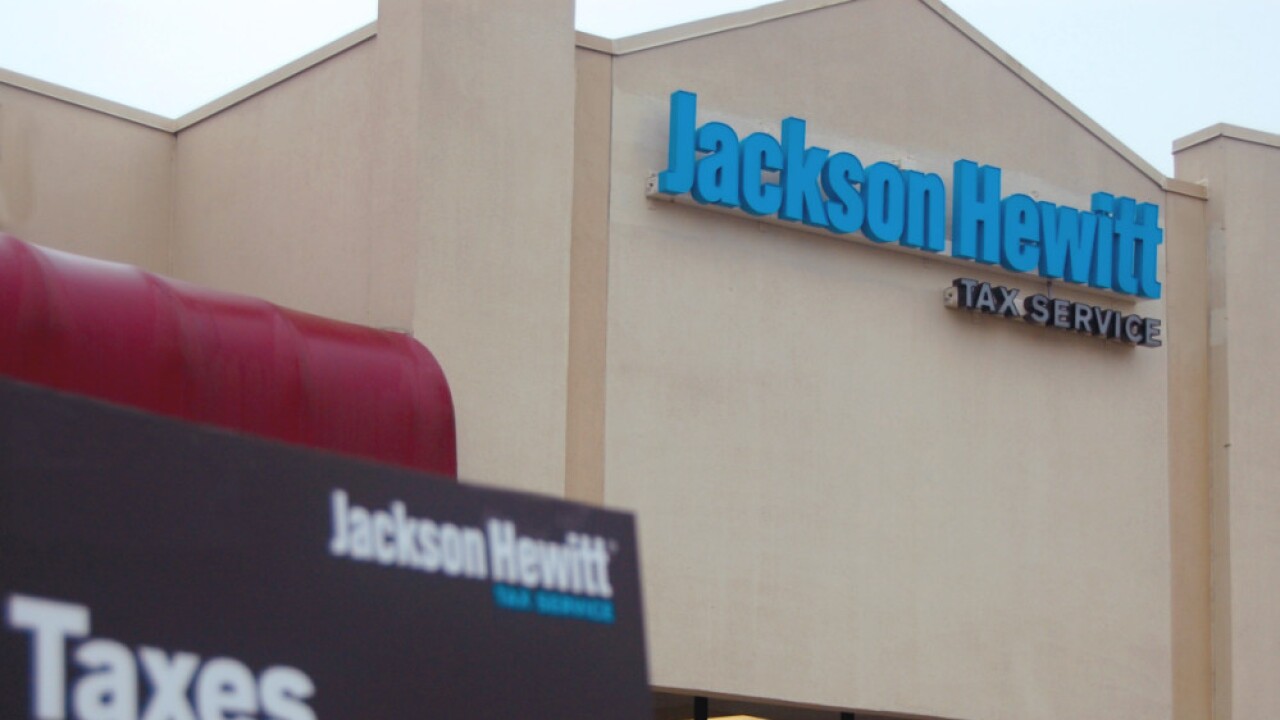Nearly half of Americans fail to check whether their tax preparer includes their Preparer Tax Identification Number and signs their return, putting them at risk of being scammed, according to a new survey.
More millennials are liable to this compared to Generation X and Baby Boomers. The online survey of 1,270 adults by YouGov and ACI Worldwide, a provider of electronic payment and banking technology, found that while most taxpayers who use a tax preparer (54 percent) check that they include their PTIN and sign their return, nearly half (46 percent) don’t check whether the preparer included their PTIN, putting them at risk of getting scammed. More millennials (56 percent) than Generation X (48 percent) and Baby Boomers (32 percent) fail to check their tax preparer’s credentials. The survey indicated that 38 percent of U.S. adults have experienced tax scams. Of the various scams, phone scams (27 percent) and email scams (17 percent) were the most common forms.
The survey also found that 29 percent of U.S. adults are still likely to mail in checks to pay the taxes they owed to the government. Of those who opted to receive tax refunds through a check in the mail (19 percent), more millennials (22 percent) picked this approach, compared to Generation X (20 percent) and Baby Boomer (17 percent) taxpayers.

When it comes to paying taxes, 23 percent of U.S. adults opted for electronic funds withdrawal, with 12 percent paying by debit card, and 11 percent using their credit cards for payment. Of the 29 percent who mailed a check to pay taxes, millennials (12 percent) were much less likely to do so compared to Generation X (28 percent) and Baby Boomers (43 percent).
For tax refunds, an overwhelming 71 percent of taxpayers said they would choose direct deposit, followed by 19 percent who prefer to receive a check in the mail.
“Despite the continued evolution of payment technology, nearly a third of Americans opted to write out a check and physically mail it, which takes more effort than an electronic funds withdrawal, debit or credit card payments,” said Andrew Sajeski, leader of biller solutions at ACI Worldwide, in a statement. “Paying by cash or check tends to take longer, and leaves the taxpayer at risk of being late, leading to additional interest and penalty charges. Moreover, if the check gets lost in the mail or stolen, the consumer’s personal information can be violated. It’s much easier and safer to set up an electronic funds withdrawal.”




